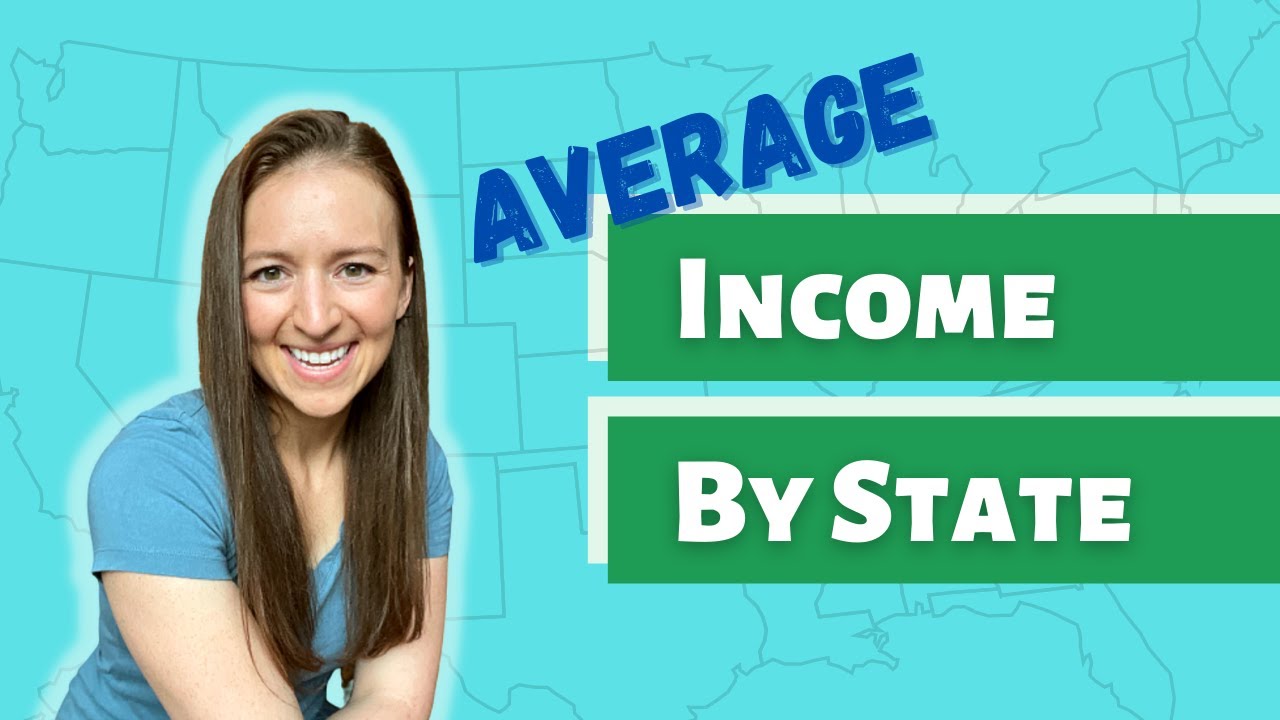Introduction to Average Income in Rhode Island
Rhode Island, the smallest state in the United States, is known for its rich history, beautiful coastline, and diverse economy. One important aspect of understanding the economic health of a state is analyzing its average income. Average income provides valuable insights into the financial well-being of individuals and households within a particular geographic area. This article aims to delve into the average income in Rhode Island, exploring its importance, the factors that influence it, and its implications for different demographic groups.
Importance of Understanding Average Income
Understanding the average income in Rhode Island is crucial for policymakers, researchers, and individuals alike. Average income serves as a key indicator of economic prosperity and social well-being within a state. It provides insights into the purchasing power, standard of living, and overall economic conditions. Furthermore, average income data helps inform policies related to taxation, social welfare programs, and economic development to ensure that they are targeted and effective.
Factors Influencing Average Income in Rhode Island
Several factors influence the average income in Rhode Island. One of the most significant factors is the state’s economic sectors. Rhode Island has a diverse economy, with industries such as healthcare, education, manufacturing, and tourism playing vital roles. The presence of high-paying industries can contribute to higher average incomes. Additionally, factors such as education levels, workforce participation rates, and the cost of living can impact average income levels.
Overview of Rhode Island’s Economic Landscape
Rhode Island boasts a robust and diverse economic landscape. The state’s economy is driven by a mix of sectors, including education, healthcare, manufacturing, finance, and tourism. The education and healthcare sectors have experienced substantial growth in recent years, contributing to job creation and higher average incomes. Furthermore, the manufacturing industry, with a focus on advanced manufacturing and technology, has played a vital role in Rhode Island’s economic growth.
Statistical Data on Average Income in Rhode Island
According to the U.S. Census Bureau, the average household income in Rhode Island was $71,169 in 2019. This places Rhode Island slightly above the national average household income of $68,703. Additionally, the median household income in Rhode Island was $63,296, indicating that half of the households in the state earned more than this amount, while the other half earned less.
Comparison of Rhode Island’s Average Income with National Average
Rhode Island’s average income is higher than the national average, indicating a relatively higher standard of living within the state. This may be attributed to the presence of industries that offer well-paying jobs and a strong focus on education and healthcare. However, it is important to consider the cost of living, as Rhode Island has a higher cost of living compared to many other states. Adjusting for this factor, the relative purchasing power of Rhode Island residents may be different from what the average income suggests.
Trend Analysis: Changes in Average Income over Time
Over the past decade, Rhode Island has experienced fluctuations in average income. After the economic recession in 2008, the average income in the state declined, reflecting the impact of the economic downturn. However, since then, Rhode Island has witnessed a gradual increase in average income levels. This positive trend indicates a recovering economy and improved financial well-being for residents of the state.
Demographic Analysis: Average Income by Age and Gender
Demographic factors such as age and gender play a significant role in determining average income levels in Rhode Island. According to data from the U.S. Census Bureau, the average income tends to increase with age, peaking between the ages of 45 and 54. This can be attributed to accumulated work experience, promotions, and higher-paying job opportunities. However, the gender pay gap persists in Rhode Island, with women earning less than men on average. This disparity highlights the need for continued efforts to address gender-based wage inequalities.
Impact of Education on Average Income in Rhode Island
Education is a key determinant of average income in Rhode Island. Individuals with higher levels of education tend to earn higher incomes. According to data from the U.S. Census Bureau, the average income of individuals with a bachelor’s degree or higher is significantly higher than those with only a high school diploma. This emphasizes the importance of investing in education and skills training to enhance career prospects and improve average income levels in the state.
Average Income Disparity in Urban vs. Rural Areas of Rhode Island
There is a notable disparity in average income between urban and rural areas of Rhode Island. Urban areas, such as Providence and Newport, tend to have higher average incomes due to the concentration of industries and job opportunities. In contrast, rural areas often face economic challenges, lower job availability, and reduced access to resources, resulting in lower average incomes. Addressing this disparity requires targeted policies aimed at promoting economic development and job creation in rural areas.
Policy Implications: Addressing Income Inequality in Rhode Island
Understanding and addressing income inequality is a crucial policy concern for Rhode Island. Efforts should be made to ensure that economic growth benefits all residents, regardless of their socio-economic backgrounds. This entails promoting equitable access to education, job training programs, and affordable healthcare. Furthermore, implementing progressive tax policies and providing targeted social welfare programs can help alleviate income disparities and create a more inclusive and prosperous Rhode Island.
Conclusion: Understanding and Discussing Rhode Island’s Average Income
Analyzing and understanding the average income in Rhode Island provides insights into the economic well-being and social conditions within the state. It highlights the importance of industries, education, and demographic factors in determining average income levels. Although Rhode Island’s average income is higher than the national average, income disparities exist across different demographic groups and geographic areas. By addressing these disparities through thoughtful policies, Rhode Island can strive towards greater economic equality and improved living standards for all residents.




